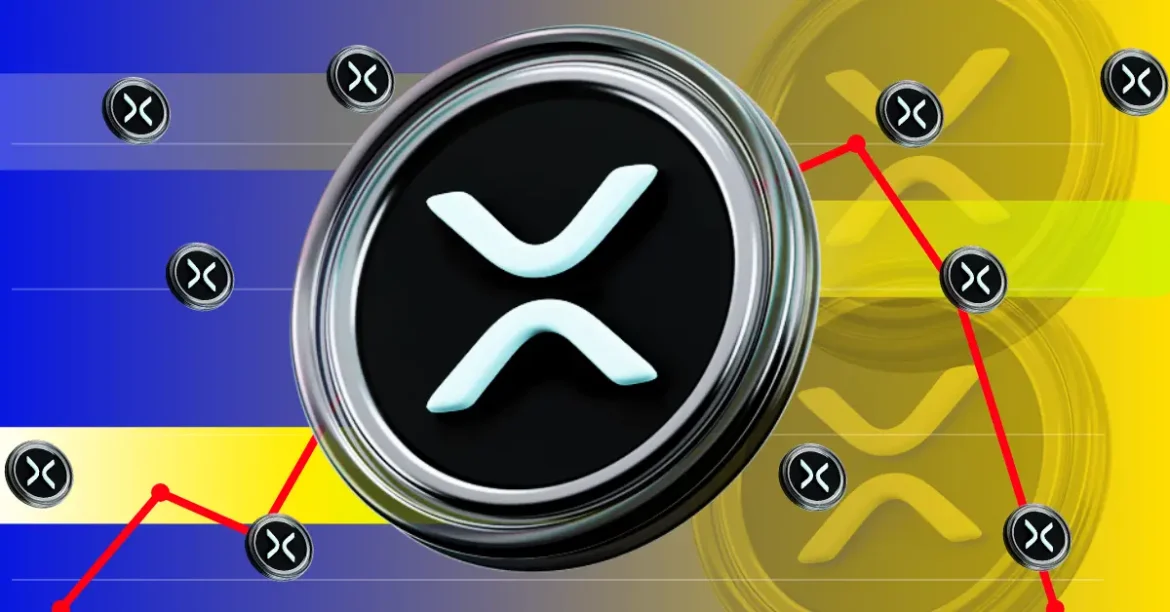The recent launch of Circle’s USD Coin (USDC) stablecoin on the XRP Ledger (XRPL) marks a significant milestone in the evolving landscape of digital finance. This development not only underscores Circle’s aggressive multichain expansion strategy but also breathes new life into Ripple’s ecosystem, enhancing its liquidity, functionality, and appeal to institutional investors. Below is an in-depth analysis of the implications, potential benefits, and strategic significance of USDC going live on XRPL, alongside a broader look at how this event situates Ripple in the competitive stablecoin and decentralized finance (DeFi) arenas.
The Expansion of USDC onto the XRP Ledger: A Strategic Move
Circle’s introduction of USDC on the XRP Ledger follows closely on the heels of its successful public market debut, signaling its commitment to fostering global stablecoin adoption. By integrating USDC with XRPL, Circle is tapping into Ripple’s efficient, decentralized, layer-1 blockchain architecture specifically designed for value exchange, offering a powerful alternative platform for stablecoin issuance and usage.
This move enhances the XRPL’s utility beyond its native token, XRP, by incorporating a stable, regulated dollar-pegged asset. USDC, a fully reserved and audited stablecoin, brings trust and regulatory compliance to XRPL, thereby attracting institutions that require stability and regulatory clarity for their digital asset transactions.
Enhancing Liquidity and Institutional Appeal on XRPL
The addition of USDC to XRPL provides several fresh avenues for liquidity and use cases within Ripple’s ecosystem:
– Bridge Currency Advantages: Investors can use XRP as a bridge currency to seamlessly transfer USDC across decentralized exchanges (DEXs), improving cross-chain liquidity and reducing transaction friction.
– DeFi Growth Catalyst: USDC on XRPL supports expanding decentralized finance applications, enabling lending, borrowing, and yield optimization features that rely on stablecoins’ price stability.
– Multi-Asset Stablecoin Ecosystem: XRPL now hosts five fiat-backed stablecoins—USDC, XSGD, EURØP, RLUSD, and USDB—each serving key regional markets. This diversified stablecoin presence leverages XRPL’s scalability and speed, promoting global adoption and operational versatility.
By hosting multiple stablecoins, XRPL positions itself as a hub for fiat-pegged digital assets, promoting interoperability and roughly doubling its stablecoin supply. This creates an inviting environment for institutional participants who are increasingly interested in digitally-native, regulated fiat alternatives.
Competitive Positioning: Ripple’s Race in the Stablecoin Sector
The stablecoin market is presently dominated by USDT (Tether) and USDC, with Circle’s USDC standing as a transparent and audited alternative. Ripple’s stablecoin, RLUSD, has shown promising growth, with a $244.2 million market cap across XRPL and Ethereum, demonstrating the XRPL’s capacity for scalability and liquidity concentration.
The launch of USDC on XRPL escalates Ripple’s challenge to established stablecoin giants. By combining the regulatory compliance and transparency of USDC with Ripple’s lightning-fast transaction speeds and low fees, this partnership could shift market dynamics. Ripple’s strategy to integrate a major stablecoin like USDC intensifies competition and strengthens XRPL’s position as a preferred blockchain for institutional payments and DeFi activities.
Ripple’s Ecosystem Development and Regulatory Readiness
Ripple has introduced features like XRPL’s “clawback” amendment, allowing legal freeze or retrieval of RLUSD tokens when required, underscoring its commitment to regulatory alignment—an essential factor for institutional adoption. The collaboration with Circle aligns with Ripple’s broader vision of a transparent, compliant, and interoperable blockchain ecosystem.
Additionally, Ripple is actively fostering innovation by offering grants to startups, particularly in Japan, to build on XRPL. These initiatives enhance developer engagement and ecosystem growth, thereby ensuring that XRPL evolves with real-world usage scenarios backed by robust stablecoin infrastructure.
Implications for Decentralized Finance and Global Monetary Access
USDC’s presence on XRPL unlocks new frameworks for DeFi and cross-border payments:
– DeFi Integration: Stablecoins are the backbone of DeFi, facilitating trading pairs, lending protocols, and liquidity pools without the volatility of cryptocurrencies. USDC on XRPL introduces an efficient, fast, and cost-effective stablecoin option within DeFi, attracting global users and developers alike.
– Cross-Chain Liquidity: Interoperability enabled by USDC and XRP functioning together fosters fluid cross-chain asset transfers, enabling users to navigate between crypto ecosystems smoothly.
– Global Fiat Access: The expanding stablecoin suite on XRPL caters to major global markets across North America, Asia, Europe, and Latin America, expanding access to digital finance tools denominated in various fiat currencies and enhancing financial inclusion.
Challenges and Market Reception
Despite the momentum, stablecoin adoption on XRPL remains comparatively lower than on Ethereum or other dominant chains. The XRPL ecosystem will need continued growth in developer tools, liquidity provision, and institutional buy-in to transform promising potential into sustained usage.
Moreover, with regulatory scrutiny increasing worldwide, maintaining compliance and transparency in stablecoin issuance and transactions remains a paramount concern—not just for Circle but also for Ripple and the broader XRPL ecosystem.
Conclusion: Towards a New Stablecoin and DeFi Paradigm on XRPL
Circle’s USDC launch on the XRP Ledger represents more than the addition of another stablecoin; it is a strategic partnership that can redefine XRPL’s role in global stablecoin markets and DeFi infrastructure. By combining USDC’s regulatory robustness with XRPL’s scalable blockchain technology and Ripple’s institutional relationships, this integration drives competitive differentiation fueled by compliance, speed, and liquidity.
As XRPL hosts an increasingly diverse stablecoin ecosystem and Ripple champions innovation through grants and developer support, the platform is carving out a distinctive niche as a bridge between traditional financial institutions and decentralized digital finance. The continuing evolution of XRPL with USDC and other stablecoins could set the stage for a future where interoperable, fiat-backed digital assets become pillars for cross-border trade, institutional payments, and inclusive decentralized finance solutions worldwide.





